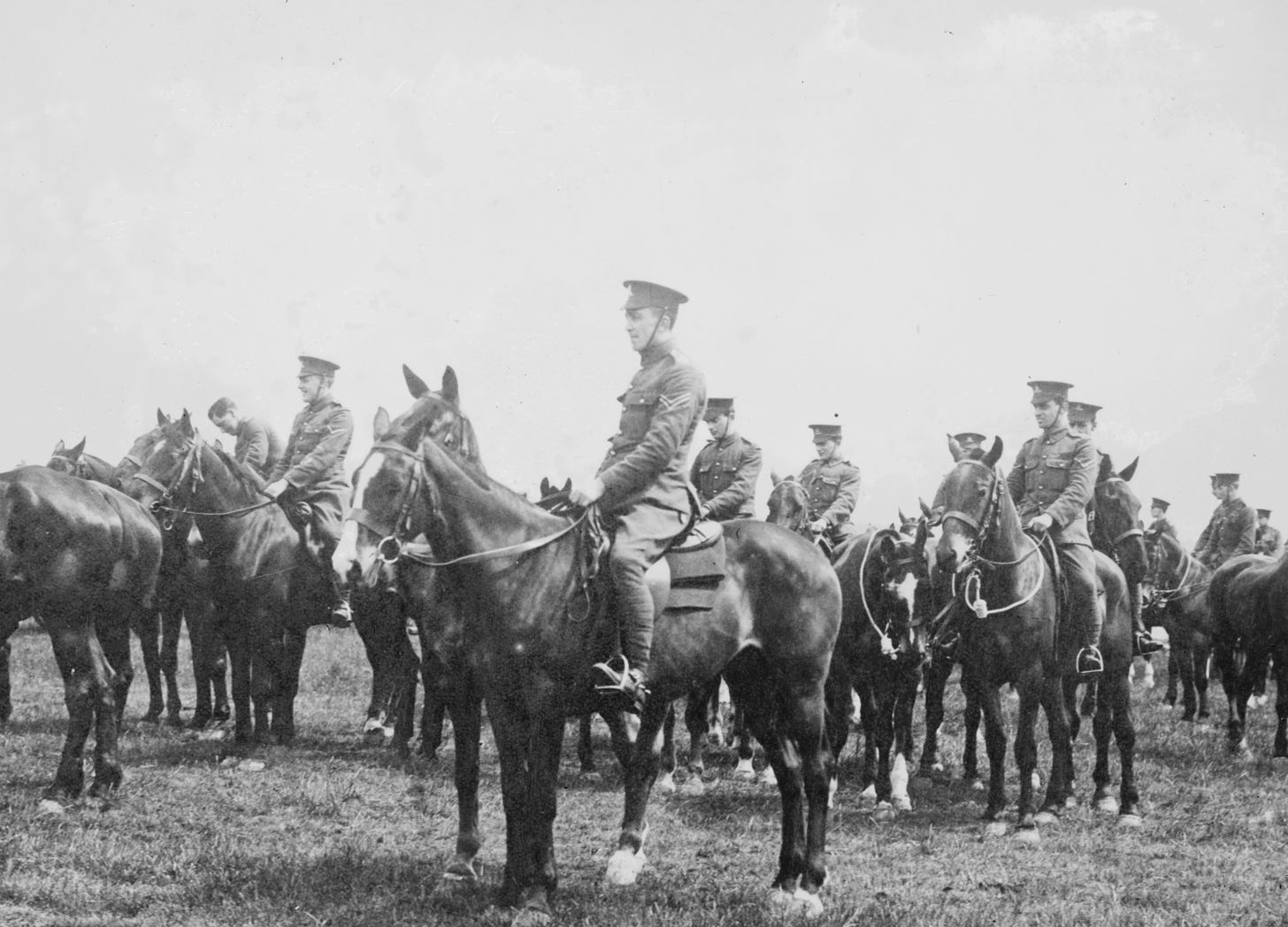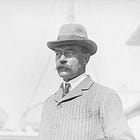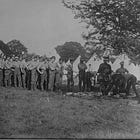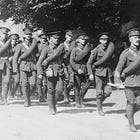
This post belongs to a series. To read the earlier installments, please see:
The raising of the second New Army pushed the ability of the Regular Army to accommodate new men well beyond the breaking point. At first, the authorities at depots and reserve units resorted to such expedients as the billeting of recruits in nearby towns and the sending of newly enlisted men back to their homes in order to await their uniforms, their places in barracks, and their turn on the drill field.1
When these measures proved insufficient, Kitchener began to encourage local authorities and civic groups to shoulder some of the burden of recruiting, clothing, and housing New Army units. In most cases, the units created in this way were relatively small: infantry battalions, artillery batteries, or engineer companies. In one instance, however, a paramilitary organization in Ireland committed to raising the infantry, engineer, cavalry, and medical units of a complete infantry division.2 In another, an ad hoc committee of Welshmen undertook the creation of two complete divisions.3
With their close ties to particular communities and occupational groups, the locally raised units of the New Armies had much in common with units of the Territorial Force. Similarly, the local authorities and civic groups that supported these units had much in common, and, in some cases, considerable overlap with, County Associations. On 4 September 1914, Kitchener went so far as to formally invite the County Associations to participate in the raising of the New Armies. While the committee formed to coordinate this effort lasted for only a week, individual County Associations possessed the sort of influence, expertise, and business acumen that was needed to obtain resources that the War Office had been unable to locate, let alone acquire.4








